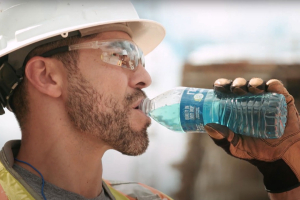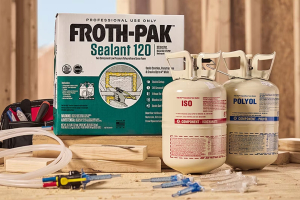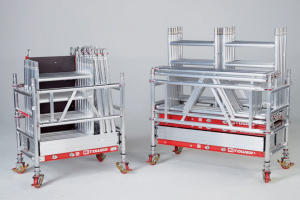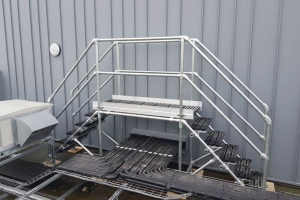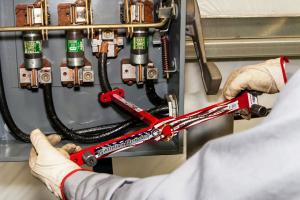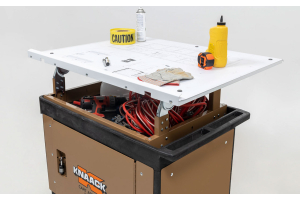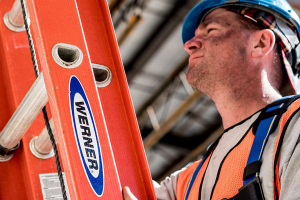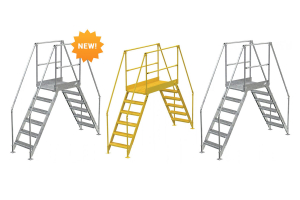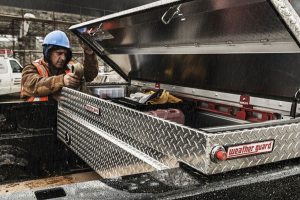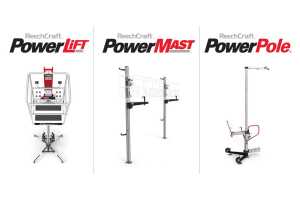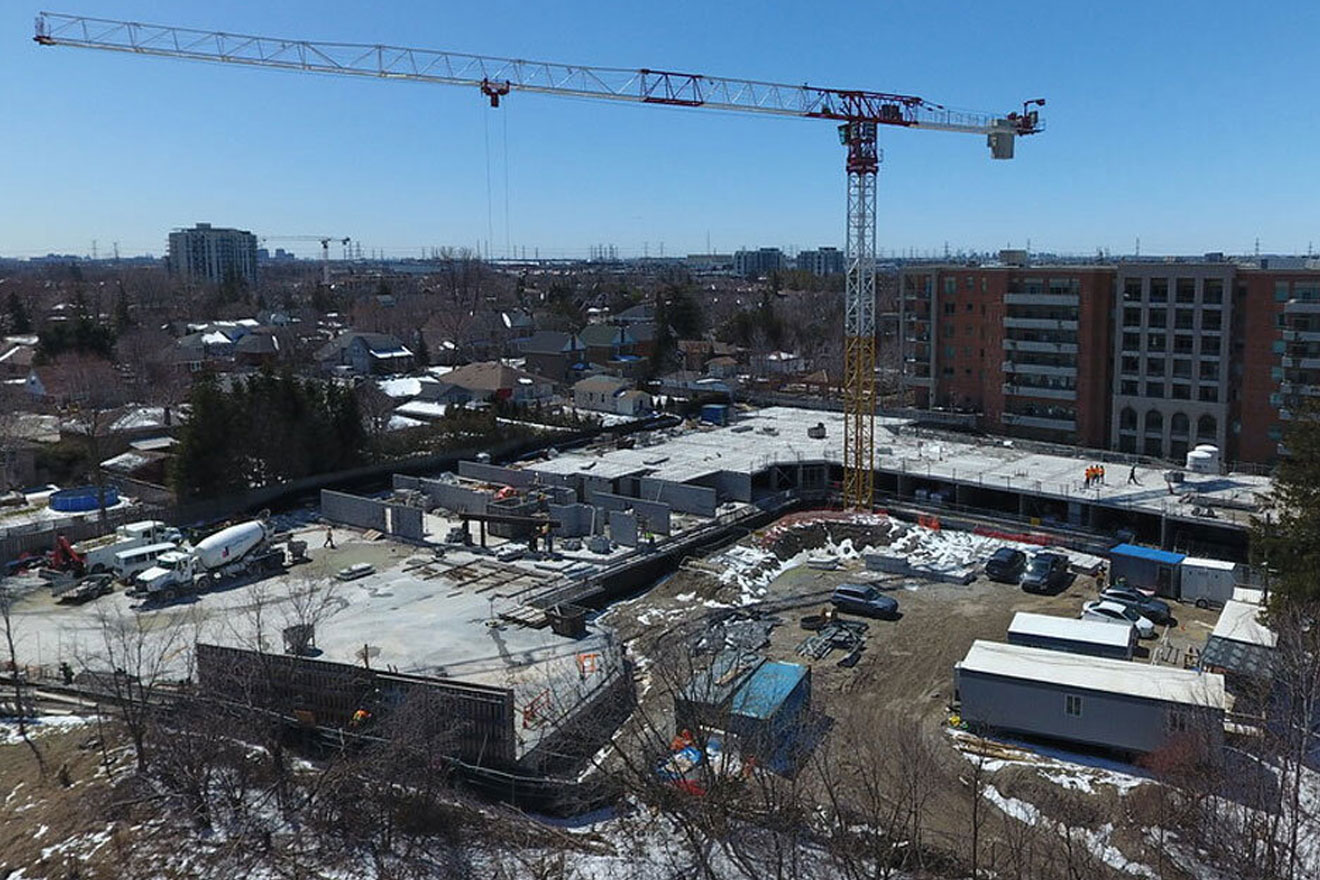
In most cases, work doesn’t stop with the changing of the seasons. Hazards exist year round on construction, industrial, and manufacturing job sites, but in the winter months those hazards can be multiplied even more by cold and slick conditions. On top of the already difficult circumstances of this year, everyone will need to do their part to make sure each and every worker can enjoy a safe and happy holiday season with their loved ones. We’ve put together 8 of our top tips on how to better protect your workers in the winter months:
1. Be prepared for slick surfaces, especially when working at height
Depending on where you live, snow and other precipitation can freeze and thaw several times over the course of a workweek and even in a single workday, creating slick areas on a variety of surfaces. A roof or work surface that was grippy and solid the day before may be hard to traverse at all if ice forms. Be conscious of these areas in the jobsite and be sure to warn others and place indicators if slick spots are discovered. Have crews designated to clear snow and ice from work areas.
2. Thoroughly inspect the site and equipment before each shift of work begins
Conditions can rapidly shift throughout the course of a week and even in a single day, so be sure to have site managers inspecting the jobsite frequently to be sure that conditions are safe to work in. If problems or risks are discovered, communicate clearly with the incoming team and be sure extra markers and warnings are applied to the risk area, and that any extra snow or ice that could encumber work is cleared.
3. Make sure your equipment and tools are properly warmed up before use
Many heavy industrial machines are not intended to be turned on and immediately used in cold weather. Whether this is just a work vehicle or a heavy duty piece of construction equipment, be sure to follow all guidelines about how to best use the equipment in cold weather so as to not damage it or create the risk of malfunction while a worker is using it.
4. Train workers and drivers on the increased dangers of driving or operating equipment in winter weather, and equip your fleet with emergency kits
Driving in snow and ice may not be the most difficult challenge posed to your workers, but it doesn’t mean that extra caution should not be applied. This is especially true on jobsites where vehicles and large equipment are frequently in proximity to workers on foot. Make sure safety barriers are erected, and that all workers on site are wearing bright, reflective PPE and vests to remain highly visible to operators of vehicles and machinery.
5. Make sure all of your workers have proper PPE and clothing for work in the cold
This one may seem obvious, but there’s a chance not all workers will know what is appropriate clothing and footwear for cold weather work. If needed, demonstrate a proper outfit for a day’s work as the days get colder. Be sure that all your workers are provided the proper PPE and safety equipment they will need while on site.
6. Know the signs and intervene when workers experience cold stress
Believe it or not, cold stress can occur in workers in temperatures as high as 50 degrees Fahrenheit when wind or rain are present. Cold stress occurs when heat rapidly leaves the body and can lead to illness or injury. Conditions that are results of cold stress include trench foot, frostbite, and hypothermia. Hypothermia is especially dangerous for workers as it can lead to loss of coordination, confusion, and even unconsciousness or death. If you notice any workers acting strange, pull them off the job and get them aid immediately.
7. Provide frequent breaks in a heated area
When it’s time for employees to take a break, there should be a designated area or several designated areas where workers can get out of the cold and warm up. Something like a temporary structure or trailer, a designated area of your facility or workshop, or even a well insulated tent with heaters inside would all work well. Make sure that if you use a heater, you are following procedures for proper use and aren’t creating unsafe conditions in your warming area. This is also a good opportunity for workers to change into dry socks or under layers if they brought extras, and to check their extremities for signs of trench foot or frostbite.
8. Be prepared to be flexible with the weather
Conditions can rapidly change from hour to hour. If it’s become apparent that bad weather is headed your way, try to find a logical stopping point as soon as possible and call your workers in. Don’t be afraid to err on the side of caution and resume work once conditions have clearly improved.

